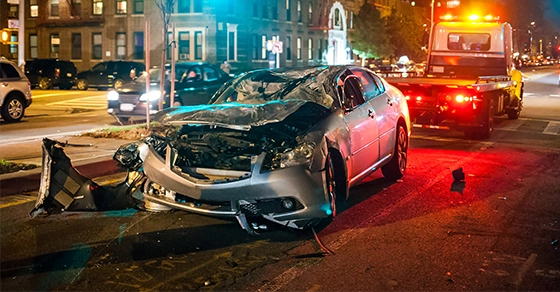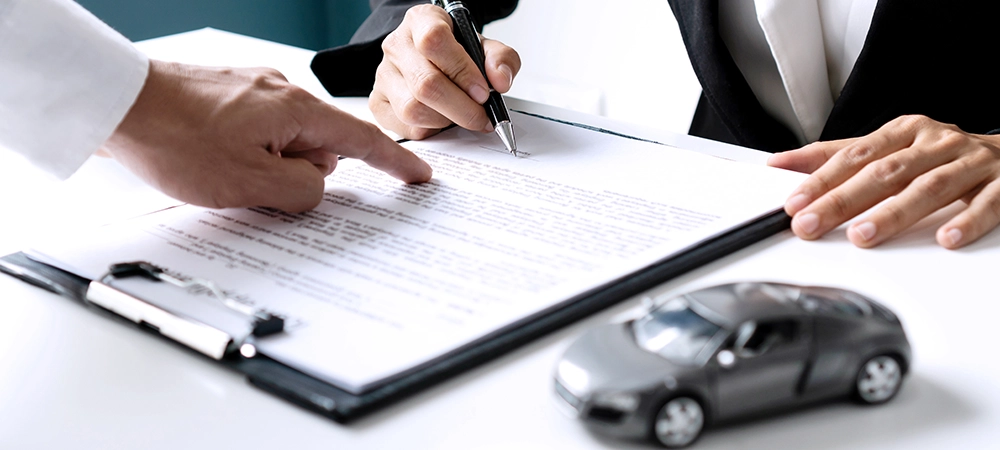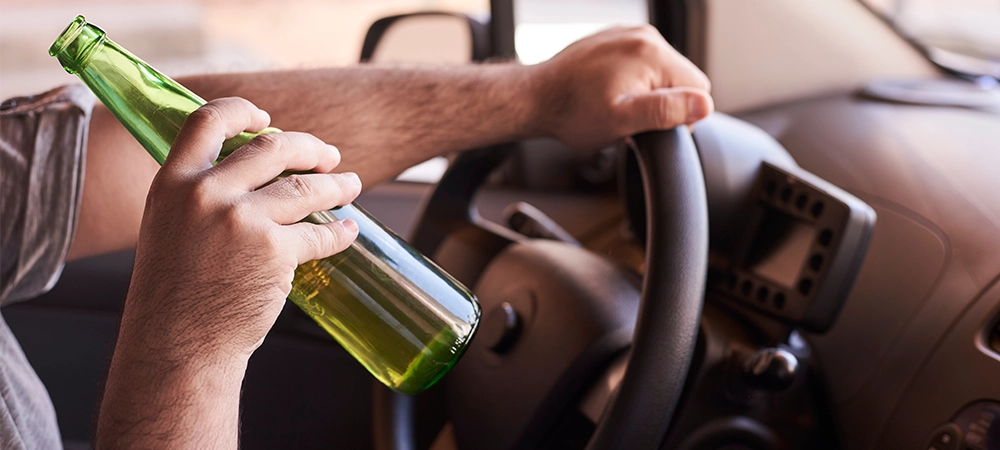
Having car insurance is mandatory in Canada but there are different levels of coverage you can have. Besides the obligatory liability coverage, you can opt for collision and comprehensive coverage depending on your needs and preferences.
However, you might be wondering which parts get covered by your car insurance after an accident. Here we’ll shed light on this question, exploring coverage by materials and policy types. Read on to find out more!
Auto Insurance Basics
Only liability insurance is mandatory, but this won’t provide coverage for your vehicle, only a third party’s damages. To obtain reimbursement for any damaged part on your car, you must have at least collision coverage, which covers your damages in at-fault accidents and incidents that occur when your vehicle is not in motion.
To go a step further, you can get comprehensive coverage, which can help you recover the loss of your car in case it gets declared a total loss. If you lease or finance your car, you might be required to have collision and comprehensive coverage, which is good news if you get into a car accident and need certain parts reimbursed.
What is Covered by Car Insurance
Comprehensive auto insurance covers items permanently attached to the vehicle, whether these are always required for operating the vehicle (like tires or GPS) or are used occasionally (child seats, bike racks. etc.). Collision insurance might not cover these, but it depends on your policy, so make sure to check it or consult with your insurance broker.
While there is no specific description of parts covered in insurance policies, insurance adjusters/brokers (typically along with the insurer’s preferred repair company) determine the costs and claim amount based on the material of the damaged components.
These are divided into plastic or fibre (lights, fenders and bumpers), rubber (windshield cleaner, tire), glass (rear view mirror, front and rear windshield), metal (doors and bonnets), consumables (paint, engine oil and coolant).
Your policy might also provide provisions on these basic components and add-ons. Based on this, your insurer determined whether the damaged parts included in the claim meet the requirements determined by your policy. If they do, the policy will be payable.
Additionally, depreciation based on the age of the damaged parts at the time of the car accident might also be factored in. This is especially true for fibre and plastic components, as these are more prone to normal wear and tear. The policies that don’t factor in depreciation are more expensive, albeit these will cover all parts, except consumables.
What is Not Covered in a Car Insurance
Some items are not covered by standard auto insurance policies. For instance, batteries and belts are only covered by additional coverage, which you’ll need to purchase separately or as an add-on to your primary policy. The same applies to modified vehicle parts.
The main reason some items aren’t included in standard policies is that these are considered wearables and are meant to break from normal use after a while. For some insurers, this also includes tires.
However, often insurers will offer a separate tire protection plan at the time of the purchase, so you’ll have protection for accidents. At other insurers, similar protection only provides coverage in case of road hazards and not accidents, so make sure to verify this with your insurer.
Just like items subjected to normal wear and tear, components subject to mechanical failure aren’t covered by standard car insurance policies either. If your insurer determines that at the time of the accident, certain parts of your car were damaged by rust freezing or mechanical failure, you won’t get reimbursed for them.
There is one exception to this rule. If you have collision insurance and the mechanical failure is caused by a collision, this would be counted as a covered peril.
Parts that had pre-existing damages (before purchasing the vehicle or policy) won’t be covered either. This is regardless of whether they’re a result of normal wear and tear, or a happened during a previous accident and weren’t repaired.
Other Circumstances That Void Coverage
It’s also crucial to note that your behaviour as a driver can make your policy void, leaving you without adequate coverage for any parts of your car.
For example, if you (or anyone else driving your vehicle with your permission) is found guilty of impaired driving (under the influence of alcohol or opiates), your insurer will likely deny your claim for any losses, even if this would have been covered by your policy.
The same applies if you’re transporting dangerous and illegal goods like explosives or radioactive substances. Likewise, your insurer might deny your claim if you lend your vehicle to a person without a valid driver’s license and they cause an accident, although this depends on your policy.
Final Thoughts
For the most part, reimbursement for a car insurance claim after an accident depends on whether your policy covers a specific damage, loss, or peril. However, when it comes to specific parts, the reimbursement amount will depend on the material and the circumstances of the accident.
The exact coverage depends on your insurer’s standard practices and what’s stated in your specific insurance policy. If you need more advice or are looking for car insurance Ontario, then contact Marathon Insurance today and see how we can help.
- April 2024
- March 2024
- February 2024
- January 2024
- December 2023
- November 2023
- October 2023
- September 2023
- August 2023
- July 2023
- June 2023
- May 2023
- April 2023
- March 2023
- February 2023
- January 2023
- December 2022
- November 2022
- October 2022
- September 2022
- August 2022
- July 2022
- June 2022
- May 2022
- April 2022
- March 2022
- February 2022
- January 2022
- December 2021


